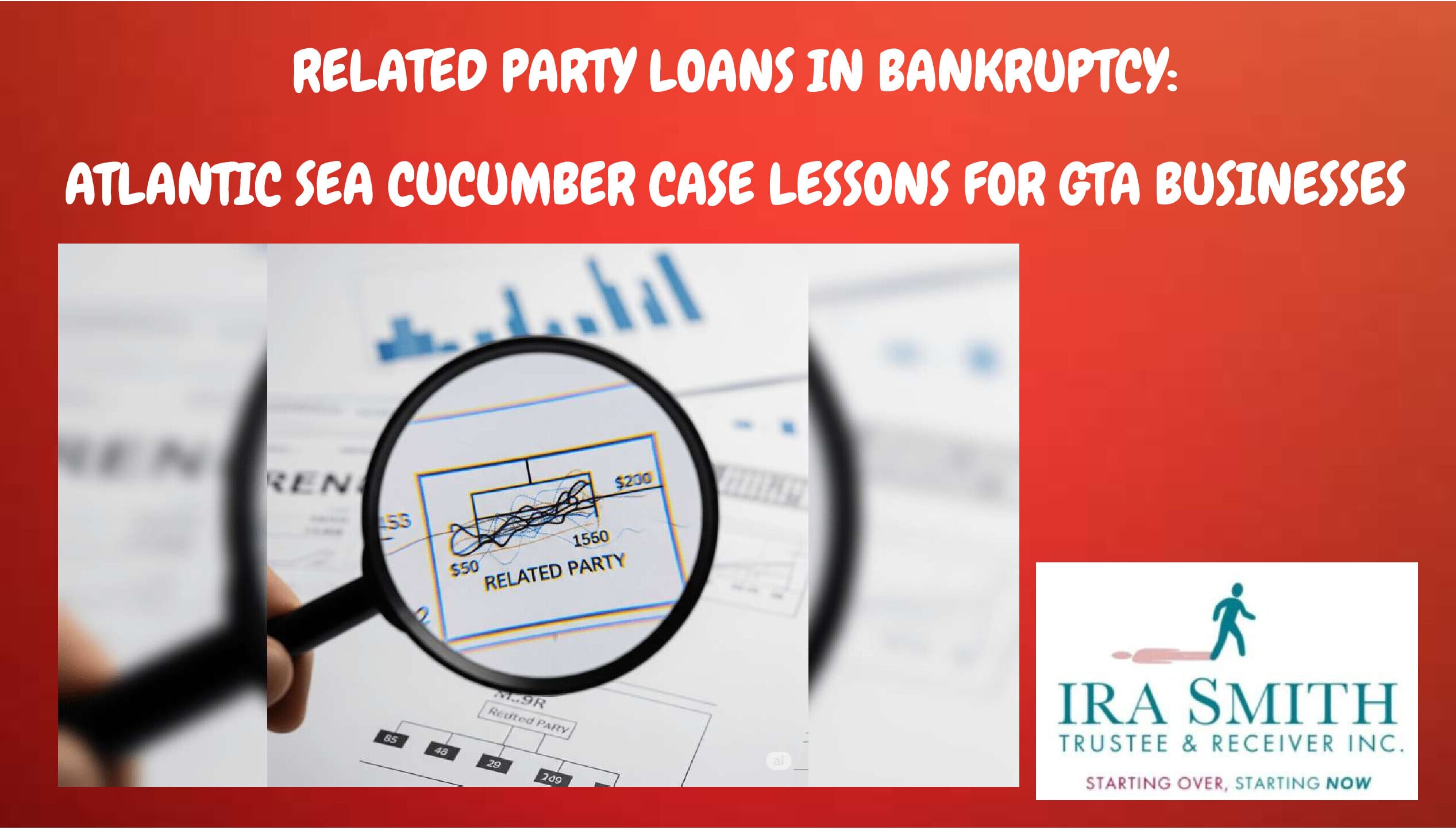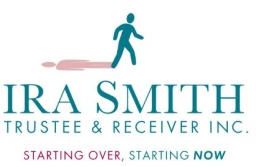Let’s get real: I once helped a person who used a credit card to splurge on a spontaneous trip to Vancouver after a bad breakup—no plan, no budget, just a shiny plastic promise she could worry about later. Six months and countless minimum payments on, she could barely breathe under all those charges. If you’ve ever felt your stomach tighten at the sight of your credit card statement, you’re far from alone. With inflation eating your paycheque and interest rates sky-high, even groceries can end up trapped in the minimum-payment maze. In this post, let’s break down what the stats—and real people—are facing: how credit card debt sneaks up, the pitfalls you probably didn’t expect, and a few curveball insights to help you breathe easier in 2025.
The Secret Life of Canadian Credit Card Debt (2025 Edition)
When you think of credit card debt in Canada, it’s easy to imagine big-ticket splurges or luxury vacations. But in 2025, the reality is far more sobering. Research shows the average credit card debt per Canadian user or household is projected to reach between $4,200 and $4,400 by mid-year. This isn’t just a statistic—it’s a reflection of how everyday Canadians are coping with rising living costs, stagnant wages, and persistent inflation. According to Equifax Canada and TransUnion, credit card balances have surged to record highs, outpacing all other types of consumer debt in Canada.
What’s driving this surge? It’s not extravagant spending. Instead, more Canadians are using credit cards to cover basic needs: groceries, rent, fuel, and utility bills. As inflation continues to outpace wage growth, many households are forced to rely on credit just to get by. This shift is especially pronounced among younger Canadians. In fact, credit participation growth is being led by those aged 25 to 45, with Gen Z’s credit use jumping a remarkable 29% year-over-year—the fastest among all demographics.
To put things in perspective, total consumer debt in Canada reached a staggering $2.5 trillion by late 2024, while household debt soared to $3.06 trillion in early 2025. Credit card balances alone have risen 9.2% year-over-year, far outstripping growth in other forms of borrowing. This isn’t just a blip on the radar—it’s a sign of a deeper, systemic reliance on credit for daily survival.
Credit Card Balances: The Hidden Trap
Why is this a problem? Credit cards come with some of the highest interest rates in the market, typically ranging from 19% to 28% or even higher. Unlike car loans or mortgages, credit card interest compounds quickly, making it easy for a small balance to balloon into a major financial burden. As Christopher Liew, a CFP® and CFA Charterholder at Blueprint Financial, points out:
"Minimum payments might seem manageable, but over time, you’re mostly just paying interest."
When you only make the minimum payment, as much as 75% or more of your payment can go straight to interest, barely touching the principal. This keeps your credit card balances high and your credit utilization rate elevated, which can drag down your credit score and make it even harder to break free from the debt cycle.
Everyday Expenses, Not Luxuries
It’s important to recognize that most Canadians aren’t racking up debt on designer goods or luxury getaways. Instead, research indicates that credit cards are increasingly being used to pay for essentials. If your monthly expenses are $3,000 but your income is only $2,700, that $300 gap often ends up on your credit card. Over time, this shortfall accumulates, leading to a growing debt burden that can feel impossible to escape.
Gen Z and Millennials are at the forefront of this trend. With credit participation growth among Gen Z up 29% year-over-year, younger Canadians are entering the credit market in record numbers. Many are diversifying their credit use beyond just cards, but the core issue remains: when daily living costs outpace earnings, debt growth in Canada becomes inevitable.
The Impact of Missed Payments and Bad Habits
Missing even a single credit card payment can have lasting consequences. Late fees add up quickly, and if you’re more than 30 days overdue, your delinquency may be reported to both Equifax Canada and TransUnion. This can damage your credit score for years, making it harder to access affordable credit in the future. As Liew warns, consistently missing payments can cost you hundreds of dollars annually—money that could be better spent elsewhere.
Breaking the Cycle: What You Can Do
So, how do you avoid falling into the trap of mounting credit card balances? Start by tracking your spending and only using your card for purchases you can pay off in full each month. Be wary of treating available credit as “free money”—those tempting minimum payments can mask the true cost of borrowing. Pay close attention to your interest rates, especially after introductory offers expire. And if you find yourself relying on credit for basic needs, it may be time to reassess your budget or seek additional income streams, such as a side hustle.
Ultimately, the secret life of Canadian credit card debt in 2025 is less about indulgence and more about survival. By understanding the habits and traps that lead to debt growth in Canada, you can make informed choices to protect your financial health, even as the economic landscape continues to shift.
Dodging the Debt Traps: Habits Nobody Warned You About
If you’ve ever wondered why your credit card balance barely budges, even after months of payments, you’re not alone. In Canada, bad credit card habits are quietly fueling a surge in household debt. As living costs rise and interest rates remain stubbornly high, more Canadians are leaning on credit cards just to get by. But what are the real traps, and how can you avoid them?
The Minimum Payment Trap: Why Your Balance Won’t Shrink
One of the most damaging credit card usage patterns is making only the minimum payment each month. Research shows that on a typical Canadian credit card, 75% or more of your minimum payment may go straight to interest fees. That means only a tiny portion actually reduces your principal balance. With credit card interest rates ranging from 19% to 28% or higher, this minimum payment trap can keep you in debt for years.
Christopher Liew, a respected financial advisor, warns that this habit not only prolongs your debt cycle but also increases your credit utilization rate. High utilization can drag down your credit score, making it harder to qualify for better rates in the future. It’s a cycle that’s easy to fall into and tough to break.
Treating Credit as “Bonus Cash”: A Fast Track to Overspending
Another common mistake is viewing your credit card as extra income. It’s tempting—especially when you’re approved for a higher limit—to splurge on things you wouldn’t normally buy. But using credit for purchases you can’t cover in cash is a recipe for trouble. Liew points out that this mindset makes it easy to ignore warning signs, like rising balances or missed payments, until the situation spirals out of control.
Responsible credit card usage means only charging what you can pay off in full by the next billing cycle. That way, you can still enjoy rewards or cash back without falling into debt.
Ignoring Promo Interest Rates: The Hidden Cost of “Deals”
Many cards lure you in with low or 0% introductory interest rates. These offers can be helpful for balance transfers or big purchases, at first. The catch? These promo rates are temporary. Once they expire, your rate can jump dramatically, sometimes to 28% or more. If you haven’t paid off your balance by then, you’ll suddenly face much higher interest charges.
“Always pay attention to the little print—intro rates expire, but the debt sticks.” – Christopher Liew
Studies indicate that outstanding balances after promo rates end often balloon with rising variable rates. This is a classic example of how bad credit card habits can sneak up on you, turning a good deal into a costly mistake.
Using Credit for Essentials: A Sign of Deeper Trouble
It’s becoming more common for Canadians to use credit cards to cover groceries, rent, or utility bills. On the surface, it might seem like a harmless way to bridge a gap. But if you’re consistently relying on credit for basic needs, it’s a sign of an income and expense mismatch. According to recent data, the average Canadian household now carries between $4,200 and $4,400 in credit card debt, with balances rising fastest among those aged 25 to 45.
This pattern can quickly lead to a debt spiral, especially if you’re already struggling to keep up with payments. Financial experts recommend looking for ways to boost your income—like a side hustle—or cutting back on non-essential expenses to avoid living beyond your means.
Missing Payments: The Long-Term Consequences
Missing even a single credit card payment can have lasting effects. Not only do you rack up late fees—sometimes costing hundreds of dollars a year—but your delinquency may be reported to credit bureaus like Equifax Canada and TransUnion. The consequences of missing payments include a lower credit score and a negative mark that can stay on your report for years.
Research shows that payment delinquencies are a leading cause of long-term credit damage. If you’re more than 30 days late, the impact is even more severe, making it harder to qualify for loans or new credit in the future.
Paying only the minimum? Odds are, 75% goes straight to interest, leaving your balance mostly untouched.
Treating credit like “bonus cash” or buying things you can’t cover in cash guarantees trouble.
Ignoring promo interest rates’ expiry dates—a costly oversight.
Using cards for groceries, rent, or bill gaps: a sign of an income/expense mismatch.
Consistent missed payments stack up late fees, crush credit scores, and stay on reports for years.
By recognizing and avoiding these bad credit card habits, you can protect your financial health and steer clear of the debt traps that catch so many Canadians off guard.
Climbing Out: Unexpected Paths to Financial Freedom
If you’re feeling overwhelmed by credit card debt, you’re not alone. In 2025, more Canadians than ever are relying on credit just to keep up with rising living costs. The numbers are sobering: average credit card debt per household now sits between $4,200 and $4,400, and total consumer debt has reached historic highs. But as Christopher Liew, a respected financial planner, points out, your current situation doesn’t have to be your financial destiny. There are practical, sometimes unexpected, ways to break the cycle and move toward financial freedom—even if your path looks different from the one you imagined.
The first step is honesty. Take a hard look at your monthly income and your real spending. This isn’t always comfortable, but it’s essential. Many Canadians discover a monthly gap—sometimes as little as $300—between what they earn and what they spend. That gap, if left unchecked, is often what pushes people deeper into debt. Instead of ignoring it, face it head-on. Write it down. See it for what it is. Once you know the number, you can start to act.
One of the most effective financial freedom strategies is to boost your income, even in small ways. If you’re short $300 a month, consider side hustles Canada has to offer—dog walking, tutoring, freelance editing, or even gig work like food delivery. Research shows that even a few hours a week can make a real difference. Liew puts it simply:
'You don’t have to accept debt as destiny—getting creative with side gigs can flip the script.'
Don’t underestimate the power of unconventional solutions. Sometimes, bartering skills or taking on a quirky job can bridge the gap and help you avoid using credit for essentials.
At the same time, look for ways to trim your expenses. This might mean cutting back on subscriptions, negotiating bills, or finding less expensive alternatives for everyday items. Every dollar you save is a dollar you don’t have to borrow. But if you’re already juggling multiple credit cards, it’s time to get strategic. Financial planners often recommend the snowball or avalanche methods for debt management. With the snowball method, you pay off your smallest balance first, gaining momentum as you go. The avalanche method targets your highest-interest debt, saving you more in the long run. Both are proven debt management strategies that can help you regain control, and research indicates they work because they provide clear progress and psychological motivation.
Building an emergency fund—even if it’s just a few hundred dollars—can also give you a proactive edge. Studies show that having a small buffer means you’re less likely to fall back on credit cards when an unexpected expense pops up. Even earning an extra $25 here and there, perhaps through moonlighting or group gift cards, can help you start your fund. It’s not about perfection; it’s about progress.
Don’t forget to monitor your credit profile as you go. Free or low-cost tools from Equifax or TransUnion allow you to watch your credit score improve as you pay down debt and make timely payments. This self-monitoring isn’t just about numbers—it’s a psychological boost that keeps you motivated. As your score rises, you’ll see tangible proof that your efforts are paying off. Building your credit profile is a long game, but every positive step counts.
Ultimately, climbing out of debt in Canada in 2025 requires a mix of self-awareness, creativity, and persistence. Liew’s advice is clear: acknowledge your situation, avoid the traps of minimum payments and overspending, and take small, steady steps toward change. Whether you’re picking up a side hustle, building an emergency fund, or using classic debt management strategies, remember that financial freedom is possible—even if the path is unconventional. The key is to start where you are, use the tools at your disposal, and keep moving forward. In a landscape where living costs are high and credit is easy to access, these strategies aren’t just helpful—they’re essential for protecting your financial future.
What You Can Do Right Now To Eliminate Your Credit Card Debt
If you’re struggling with debt, don’t wait. The longer you wait, the fewer options you might have. Contact a Licensed Insolvency Trustee today for a free consultation.
At Ira Smith Trustee & Receiver Inc., we’ve helped thousands of Canadians overcome their debt challenges starting with honest, professional consumer credit counselling. We’ll review your complete financial situation, explain all your options, and help you choose the best path forward.
Remember: you don’t need to pay someone to access professional help. Real consumer credit counselling starts with a free consultation and continues with transparent, regulated services designed to get you back on your financial feet.
You’re not alone in this. There’s a path forward, and it starts with reaching out for the right kind of help. Take that step—you deserve it. If you’re a GTA resident dealing with overwhelming debt, don’t wait for your credit situation to get worse. As a licensed insolvency trustee serving Toronto, Mississauga, Brampton, Markham, and surrounding areas, I’m here to help you understand your options.
Free consultation available:
No obligation to proceed
Complete review of your debt and credit situation
Clear explanation of how debt solutions affect your credit score
Practical next steps you can take immediately
Remember: Your current financial situation doesn’t define your future. With the right help and information, you can overcome both debt challenges and credit score problems.
As a licensed insolvency trustee serving the Greater Toronto Area, I encourage consumers and business owners to view financial difficulties not as failures but as challenges that can be addressed with proper guidance. By understanding the warning signs of insolvency and seeking professional advice early, many people and businesses can find a path forward – whether through restructuring, strategic changes, or in some cases, an orderly wind-down that protects their future opportunities.
Remember: The earlier you seek help for company insolvency concerns, the more options you’ll have.
If you or someone you know is struggling with too much debt, remember that the financial restructuring process, while complex, offers viable solutions with the right guidance. As a licensed insolvency trustee serving the Greater Toronto Area, I help entrepreneurs understand their options and find a path forward during financial challenges.
At the Ira Smith Team, we understand the financial and emotional components of debt struggles. We’ve seen how traditional approaches often fall short in today’s economic environment, so we focus on modern debt relief options that can help you avoid bankruptcy while still achieving financial freedom.
The stress of financial challenges can be overwhelming. We take the time to understand your unique situation and develop customized strategies that address both your financial needs and emotional well-being. There’s no “one-size-fits-all” approach here—your financial solution should be as unique as the challenges you’re facing.
Your financial future is too important to leave to chance. Choose regulated, professional consumer credit counselling and take the first step toward financial freedom today.
If any of this sounds familiar and you’re serious about finding a solution, reach out to the Ira Smith Trustee & Receiver Inc. team today for a free consultation. We’re committed to helping you or your company get back on the road to healthy, stress-free operations and recover from financial difficulties. Starting Over, Starting Now.
The information provided in this blog is intended for educational purposes only. It is not intended to constitute legal, financial, or professional advice. Readers are encouraged to seek professional advice regarding their specific situations. The content should not be relied upon as a substitute for professional guidance or consultation. The author, Ira Smith Trustee & Receiver Inc., and any contributors do not assume any liability for any loss or damage.




